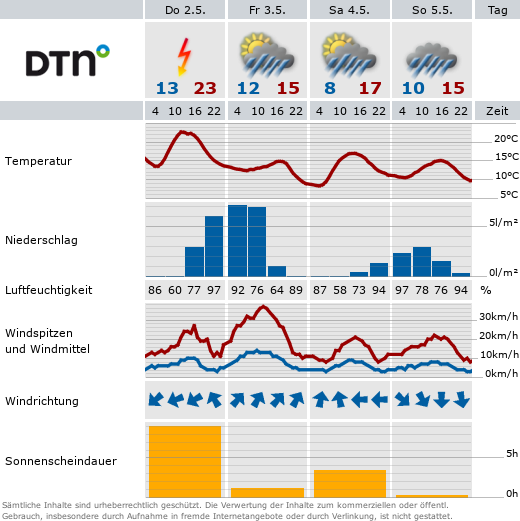Thesis defense of Ahmed Bahti
- Defense
This study introduces a low-field NMR spectrometer (LF-NMR) featuring a multilayer Halbach magnet supported by a combined mechanical and electrical shimming system. This setup offers improved field homogeneity and sensitivity compared to spectrometers relying on typical Halbach and dipole magnets. The multilayer Halbach magnet was designed and assembled using three nested cylindrical magnets, with an additional inner Halbach layer that can be rotated for mechanical shimming. The coils and shim-kernel of the electrical shimming system were constructed and coated with layers of zirconia, thermal epoxy, and silver-paste to facilitate passive heat dissipation and ensure mechanical and thermal stability. Furthermore, the 7-channel shim coils were divided into two parts connected in parallel, resulting in a reduction of joule heating temperatures from 96.2 °C to 32.6 °C. Without the shimming system, the Halbach magnet exhibits a field inhomogeneity of approximately 140 ppm over the sample volume. The probehead was designed to incorporate a solenoidal mini coil, integrated into a single planar board. This design choice aimed to enhance sensitivity, minimize B1 inhomogeneity, and reduce impedance discrepancies, transmission loss, and signal reflections. Consequently, the resulting linewidth of water within a 3 mm length and 2.4 mm inner diameter sample volume was 4.5 Hz. To demonstrate the effectiveness of spectral editing in LF-NMR applications at 29.93 MHz, we selectively excited hydroxyl and/or methyl protons in neat acetic acid using optimal control pulses calculated through the Krotov algorithm. Additionally, the use of optimal control pulses is demonstrated to be feasible at a field strength as low as 0.5-0.7 T. The optimal control pulse shapes were calculated using the Krotov algorithm. Downsizing the complexity of the algorithm from exponential to polynomial is shown to be possible in a mixture of non-coupled spin systems by using a system approach with each system corresponding to a (small) molecule. In this way compound selective excitation pulses can be calculated. The signals of substructures of the cyclopentenone molecule were excited using optimal control pulses calculated by the Krotov algorithm demonstrating the feasibility of subspectral editing. Likewise, for a mixture of benzoic acid and alanine, editing of the signals of either benzoic acid or alanine employing optimal control pulses was shown to be possible. The results obtained are very promising and can be extended to the targeted analysis of complex mixtures such as biofluids or metabolic samples at low field strengths opening access for benchtop NMR to point of care settings. Spectral dispersion in low-field NMR is limited and that can severely affect the analysis of mixtures. Therefore, spectral editing employing optimal control pulses is a suitable approach to cope with the signal superposition in complex mixture spectra. In this work, implementation of optimal control pulses at a field strength as low as 0.5-0.7 T is proven to be feasible and the compound selective excitation pulses shapes were calculated using the Krotov algorithm. The excitement and elimination of phenylalanine (Phe) and Taurine (Tau) spectra as individual or both were shown to be possible using the Krotov algorithm. The multiple-pulse WAHUHA sequence was implemented at high and low field NMR to eliminate the dipolar terms in the average spin Hamiltonian up to the first order. Customizing the multiple-pulse WAHUHA sequence in low- and high-field NMR and applying to Phe-Tau with agarose (1.5%) led to a reduction of homonuclear dipolar coupling to 85% (or by 15%). Accordingly, the linewidth was reduced from 20 Hz to 15 Hz in the overlapped NMR signal at low field NMR and was reduced from 15 Hz to 9 Hz in the high-resolution signal. The implementation of WAHUHA sequence corresponds to magic angle spinning NMR at speed of 2000-3000 rpm.









